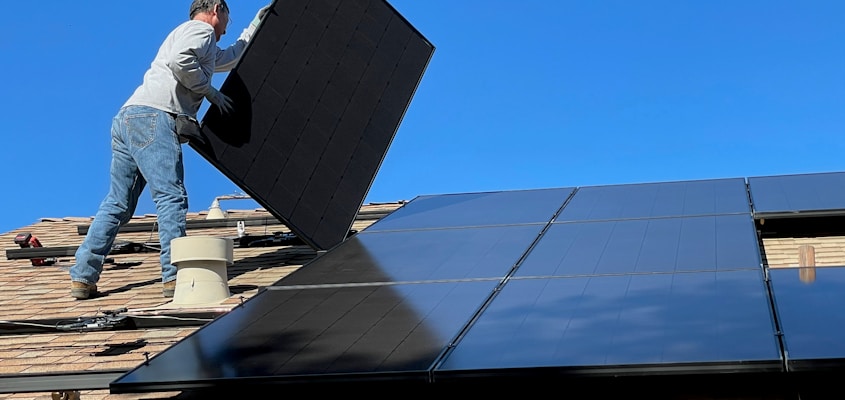Building a Greener Tomorrow: Sustainable Home Remodeling Trends for an Eco-Friendly Future
8/2/20232 min read


Introduction
As environmental consciousness continues to grow, sustainable building practices have become a top priority for homeowners looking to remodel their homes. Embracing eco-friendly solutions not only reduces the environmental impact but also enhances energy efficiency and improves indoor air quality. In this blog post, we'll explore the latest sustainable building trends in home remodeling, designed to create a greener, healthier, and more energy-efficient living space. Let's dive into the world of eco-friendly home renovations!
Energy-Efficient Windows and Doors
One of the most effective ways to conserve energy during home remodeling is by investing in energy-efficient windows and doors. These windows and doors come equipped with advanced technologies like low-E glass, multi-pane glazing, and weatherstripping, which help maintain a comfortable indoor temperature while reducing the need for excessive heating or cooling.
Solar Panels and Renewable Energy
Harnessing solar energy through the installation of solar panels is another high-impact sustainable building trend in home remodeling. Homeowners looking to "go green" and reduce their carbon footprint are increasingly opting for solar power systems.
Sustainable Flooring Options
The choice of flooring materials can significantly impact a home's environmental footprint. By using sustainable flooring options such as bamboo, cork, reclaimed wood, or recycled materials like carpet tiles, homeowners can support the reduction of deforestation and the consumption of finite resources.
Water-Saving Fixtures and Plumbing
Conserving water is a critical aspect of sustainable home remodeling. Installing water-saving fixtures like low-flow toilets, aerated faucets, and high-efficiency showerheads can significantly reduce water consumption.
Green Insulation and HVAC Systems
Green insulation materials, such as cellulose, recycled denim, or natural wool, offer an eco-friendly alternative to traditional insulation. When combined with energy-efficient HVAC systems, they create a comfortable and energy-saving indoor environment.
Eco-Friendly Paints and Finishes
Conventional paints and finishes can release harmful VOCs (volatile organic compounds) into the air, negatively impacting indoor air quality. To promote a healthier living space, use eco-friendly paints and finishes that are low in VOCs and other toxic substances.
Conclusion
Sustainable home remodeling is more than just a trend; it's a responsible choice for homeowners who want to reduce their environmental impact and create a healthier living environment. By incorporating energy-efficient windows and doors, solar panels, sustainable flooring, water-saving fixtures, green insulation, and eco-friendly paints, you can transform your home into a sustainable sanctuary for the future. Embrace these eco-friendly solutions, and together, we can build a greener tomorrow for generations to come.
Company
4360 Mensha Pl, San Diego, CA 92130
Lic #: 1101716
Call: (619) 838-9119
Email: FortunaBuildersInc@gmail.com
Contact
Location
We at Fortuna Builders are a women’s owned small business collaborative team of highly qualified remodeling professionals, and trade partners who are recognized as some of the most dedicated, skilled craftsmen in San Diego. We build custom homes, whole home remodels, additions, ADU’s, outdoor living spaces, kitchens, bathrooms, and other areas of your home that encompass your unique needs and desires.


Socials
